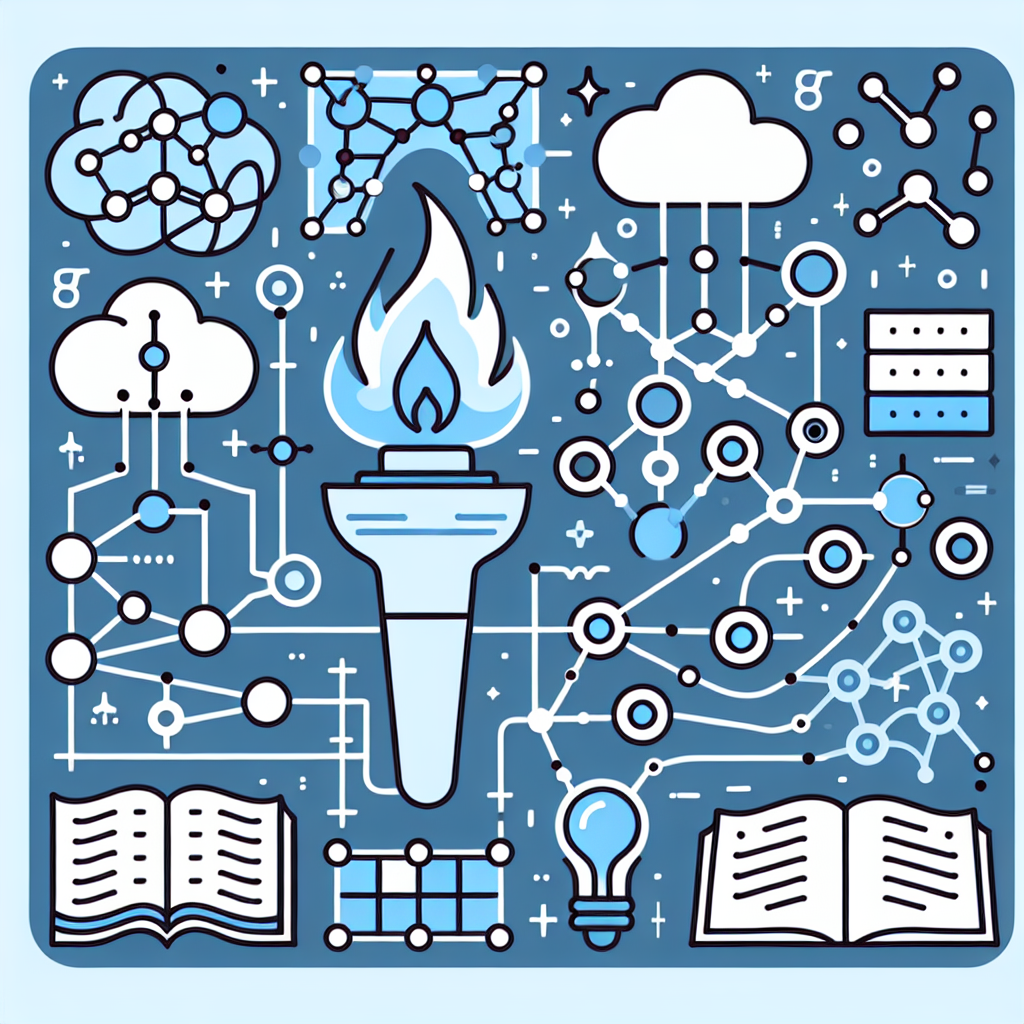Deep learning has revolutionized the field of artificial intelligence, enabling machines to learn complex patterns and make decisions with little to no human intervention. Two popular deep learning frameworks, PyTorch and TensorFlow, have played a crucial role in advancing the capabilities of deep learning algorithms. In this article, we will explore the fundamentals of deep learning with these frameworks, from Convolutional Neural Networks (CNNs) to Recurrent Neural Networks (RNNs).
Convolutional Neural Networks (CNNs) are a class of deep neural networks that have been particularly successful in image recognition and classification tasks. CNNs are composed of layers of neurons that perform convolution operations on input data. These operations help the network learn features such as edges, textures, and shapes from the input images. PyTorch and TensorFlow provide powerful tools for building and training CNNs, making it easier for developers to create sophisticated image recognition models.
Recurrent Neural Networks (RNNs) are another type of deep neural network that is well-suited for sequential data, such as time series or natural language processing. RNNs have the ability to capture dependencies between elements in a sequence, making them ideal for tasks that require an understanding of context and temporal patterns. PyTorch and TensorFlow offer robust support for building and training RNNs, enabling developers to create predictive models for a wide range of applications.
Both PyTorch and TensorFlow provide high-level APIs that simplify the process of building and training deep learning models. These APIs offer a wide range of pre-built layers and functions that can be easily integrated into custom neural network architectures. Additionally, both frameworks support automatic differentiation, which allows developers to efficiently compute gradients for training their models.
One of the key advantages of using PyTorch and TensorFlow for deep learning is their extensive documentation and community support. Both frameworks have active communities of developers who contribute tutorials, code snippets, and best practices for building and training deep learning models. This wealth of resources makes it easier for newcomers to the field of deep learning to get started and learn the fundamentals of neural networks.
In conclusion, PyTorch and TensorFlow are powerful tools for building and training deep learning models, from CNNs to RNNs. These frameworks provide a rich set of features and functionalities that enable developers to create sophisticated neural network architectures for a wide range of applications. By understanding the fundamentals of deep learning with PyTorch and TensorFlow, developers can unlock the full potential of artificial intelligence and drive innovation in the field of machine learning.
#CNNs #RNNs #Understanding #Fundamentals #Deep #Learning #PyTorch #TensorFlow,understanding deep learning: building machine learning systems with pytorch
and tensorflow: from neural networks (cnn


Leave a Reply